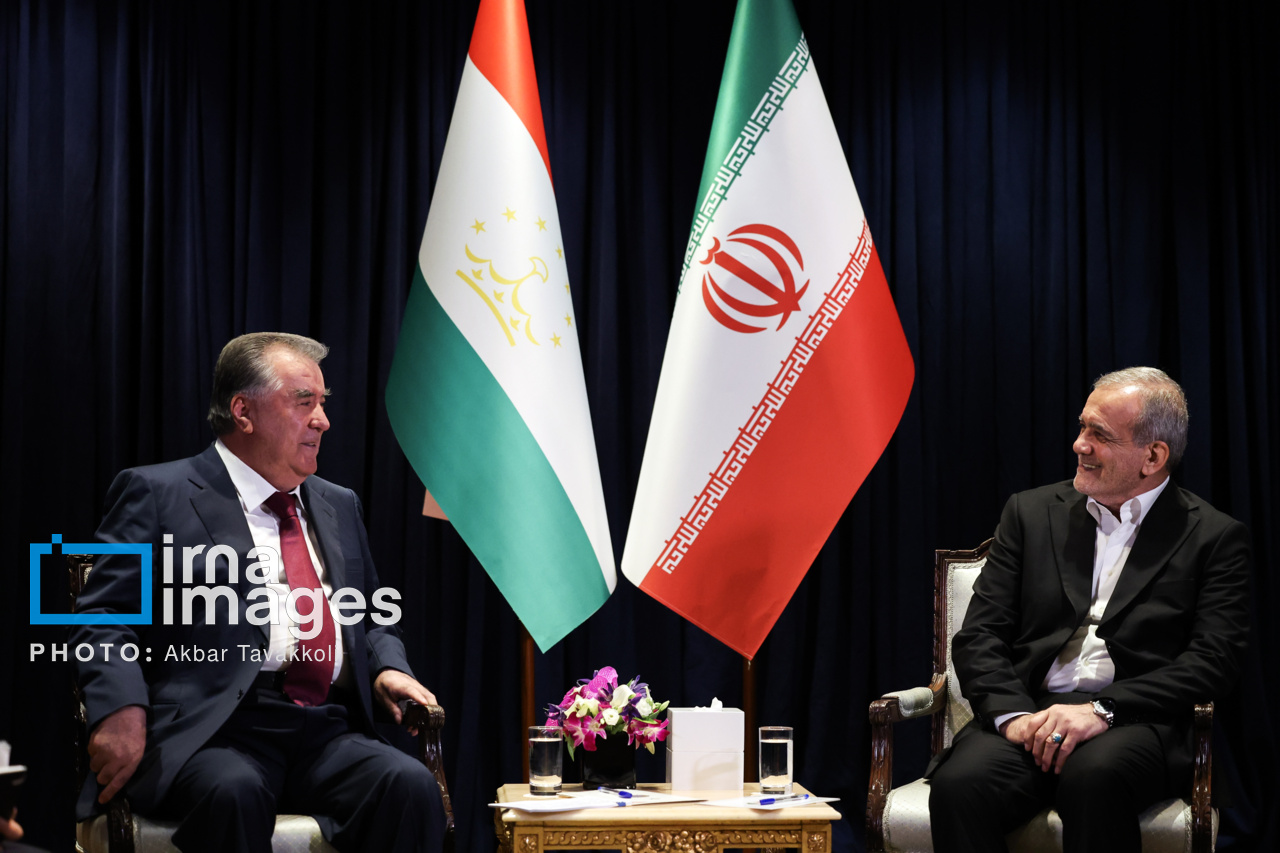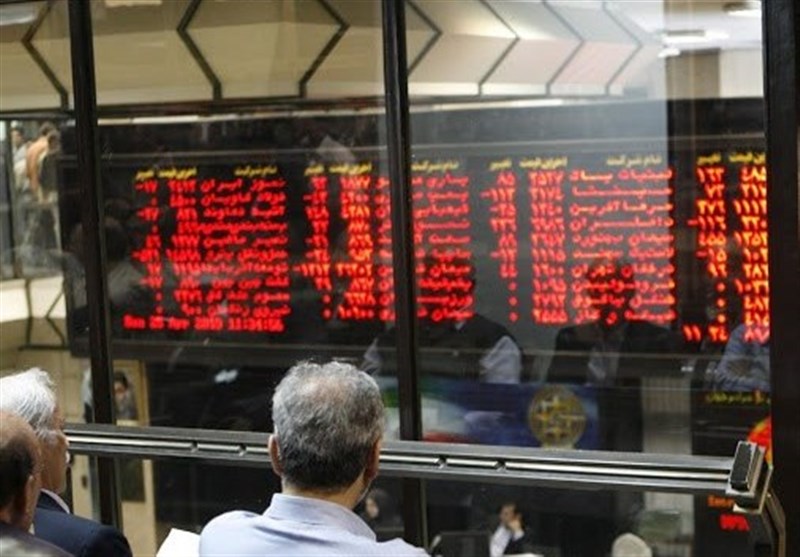پزشکان و تقویت نفوذ فرهنگی ایران در تاجیکستان/دلایل دوشنبه به عنوان گزینه برتر تهران چیست؟

according to foreign policy reporter Irna, the end of the land and contractual borders of Iran in the northeast and the extension of the Khorasan mountains marks the inception of Iran’s civilizational borders, stretching from Afghanistan and Turkmenistan to Tajikistan and Uzbekistan. This collection is united by a shared culture and history, with the Persian language and dialects intertwining like an invisible thread. Understanding this civilizational domain in today’s world, where even a faint commonality can evolve into a vibrant alliance among nations, holds significant importance in the foreign policy of the Islamic Republic of Iran. The President’s visit on Thursday to Tajikistan, one of the prominent members of this collective, signifies Tehran’s determination to notably enhance relations with this group of countries, and the points mentioned, along with Masoud Pezeshkian’s public diplomacy, can play a crucial role in facilitating this elevation. The experiences from the past five months of the President’s foreign visits indicate that his personal diplomacy in the realm of Iran’s civilizational ties has had a considerable impact on advancing relations.
The President will travel to Dushanbe, the capital of Tajikistan, leading a highranking political and economic delegation. During this visit, economic and diplomatic documents will be signed by the Presidents of the two countries to bolster economic and political interactions. A joint business, investment, and tourism seminar, featuring over 300 Iranian and Tajik economic activists and investors, will be conducted to enhance cooperation and trade exchanges. Additionally, a scientific meeting and a poetry night will take place in collaboration with the Academy of Sciences and the Writers’ Union, bringing together Iranian and Tajik literary figures and scholars. The Research Institute of Persian Language and Literature will also be inaugurated in Dushanbe, where the President will meet and converse with Iranian expatriates residing in Tajikistan.
Iran and Tajikistan: A Historical Relationship
Tajikistan is closer than its borders suggest, and too familiar with Iran to allow politics to create a divide. As the Tajik poet, journalist, and translator Iskandar Khetlani metaphorically expresses, within the heart of “Dushanbe,” thousands of “Khorasan” are concealed, enriched by the pride of its ancestors. However, the formal and political relations between the Islamic Republic of Iran and Tajikistan trace back to September 9, 1991 (Shahrivar 1370), when Tajiks officially proclaimed their independence as a country.
In the early years of independence, the relationship between the two nations was founded on deep historical and cultural commonalities, which over the decades expanded into political and economic realms. Due to these linguistic and cultural ties, the Islamic Republic of Iran became a key player in restoring peace in Tajikistan, which had been embroiled in devastating internal conflicts. Between 1992 and 1997 (1371 to 1376), Tehran played a significant role in mediating efforts to end the internal strife among Tajiks. Several peace talks were held in Tehran during the presidency of Ayatollah Ali Akbar Hashemi Rafsanjani, where the Iranian President played a pivotal role in the success of these negotiations, making Iran the first country to open an embassy in Tajikistan.
A new phase of cooperation between Iran and Tajikistan commenced after the resolution of conflicts and the stabilization of peace in the region, which continues to this day, encompassing a wide range of economic and cultural domains. Tehran became a strategic partner in the infrastructural and transit developments of Tajikistan, working on major projects such as the digging and construction of the Independence Tunnel (Anzob), the dam and hydroelectric power plant of RogunSangtuda, and the establishment of important transit roads. The Islamic Republic of Iran has also engaged closely with Tajikistan in the transfer of technical knowledge in electricity production and renewable energy.
Over the last three decades, several cooperation documents have been signed between Tehran and Dushanbe during the visits of officials from both countries, with “Nazamulddin Zahidov,” the Tajik ambassador to Iran, noting that 44 cooperation documents have been signed just in the past three years. This has increased trade volume between the two nations to approximately $300 million annually, with a projection of reaching $500 million in the future.
Iran and Tajikistan have also signed significant political and diplomatic agreements over the past four decades, including a key security cooperation memorandum (2013), aimed at combating terrorism and drug trafficking.
Given the aforementioned cultural and civilizational commonalities, both countries have engaged in extensive cooperation, including organizing cultural weeks, promoting the Persian language, fostering academic collaborations, and establishing a cultural center in Tajikistan to enhance cultural relationships and elevate scientific and literary cooperation.
Utilizing Iran’s Civilizational Sphere
The power dynamics in the international arena, especially over the past decade, have evolved beyond mere hard and soft power to include a new dimension known as smart power. This form of power merges both the mentioned aspects, intertwining military capabilities with diplomacy, thus prioritizing diplomatic engagement over the necessity of military force. Within this defined smart power paradigm, recognizing commonalities and fostering understanding and unity based on them is of utmost significance. For Iran, considering the vastness of its cultural and civilizational reach, this aspect can be particularly influential. The President’s visit to Tajikistan and the signing of over 20 cooperation agreements across various sectors signify the solidification of these commonalities and mutual understanding.
Though the capital of Tajikistan is Dushanbe, one can find substantial cultural commonalities with Iran in Khujand and Kulob, where significant investments can also be mobilized. These three cities function as the principal economic, political, and cultural hubs of Tajikistan.
The simultaneous membership of both Iran and Tajikistan in organizations such as Shanghai and the Eurasian Economic Union presents a vital opportunity for Tehran to access the markets of these countries and others. In this context, Tajikistan’s strategic position in Central Asia elevates its status amidst competition among various nations seeking cooperation and exploitation of its vast resources. Therefore, Tehran must leverage both economic investments and cultural ties as victorious tools in this competitive landscape.
Situated in Central Asia, Tajikistan is a crucial transit corridor between South, East, and Central Asia. Although it shares a southern border with an unstable neighbor like Afghanistan, it borders China to the east, which provides significant economic opportunities for the nation.
More than 90% of Tajikistan’s land area is mountainous, yet it hosts one of Central Asia’s richest sources of freshwater, with approximately 60% of the region’s flowing water originating from here. This potential positions Tajikistan as a hub for hydroelectric energy production.
Rich deposits of gold, silver, aluminum, coal, and gemstones, alongside considerable potential for electricity generation, agriculture, and natural beauty, are fields where Iran can capitalize on investment to exploit existing potentials. For years, the Republic of Tajikistan has benefited from Iran’s healthcare services and is currently engaged in extensive collaboration with Iranian specialists in genetics and biotechnology.
Despite the historical complexities surrounding bilateral ties, the Tajiks continue to perceive Iran as the cradle of their ancestors. This perspective can pave the way for a secure and strategic relationship between the two nations. Coupled with the balanced outlook and policies of the fourteenth government towards international relations, this dynamic could play a crucial role in resolving Iran’s future economic challenges.




